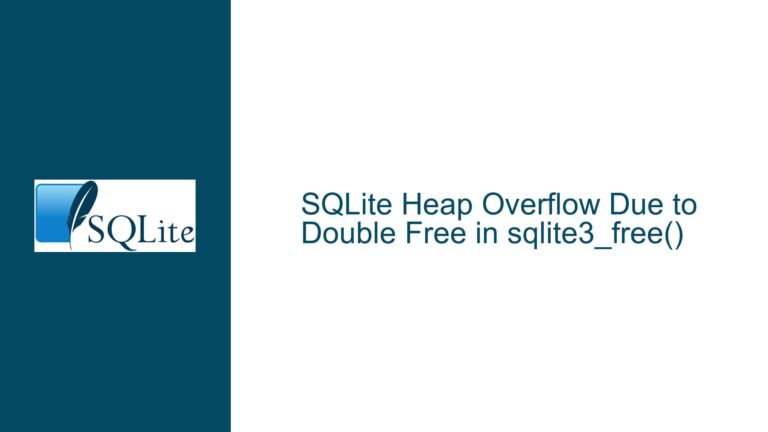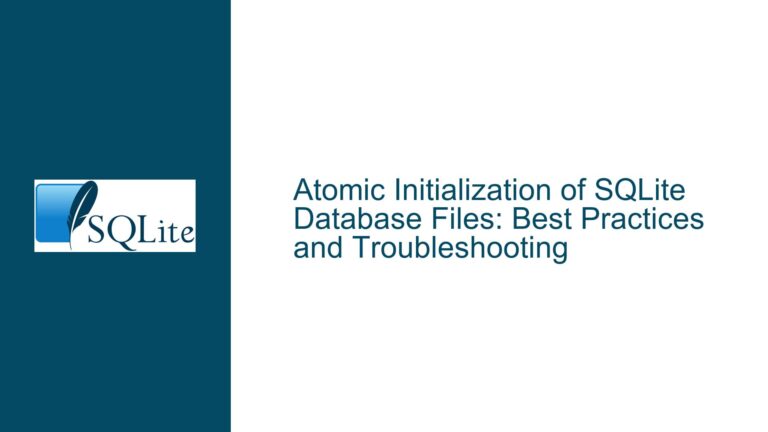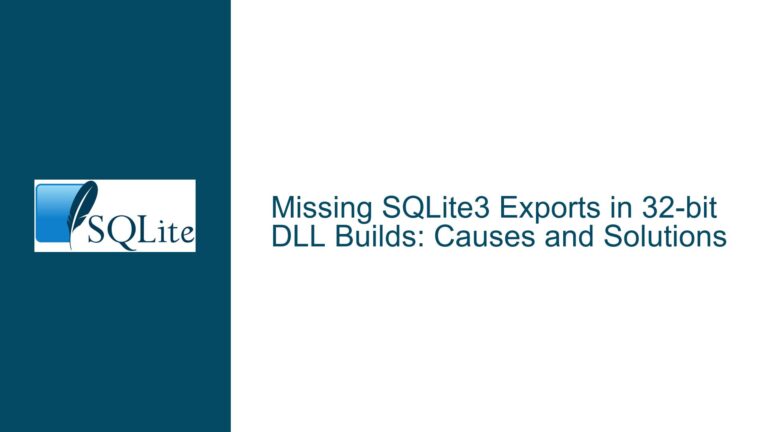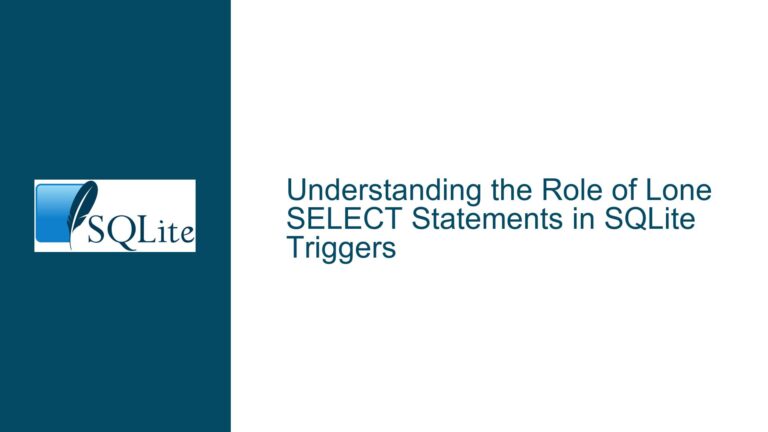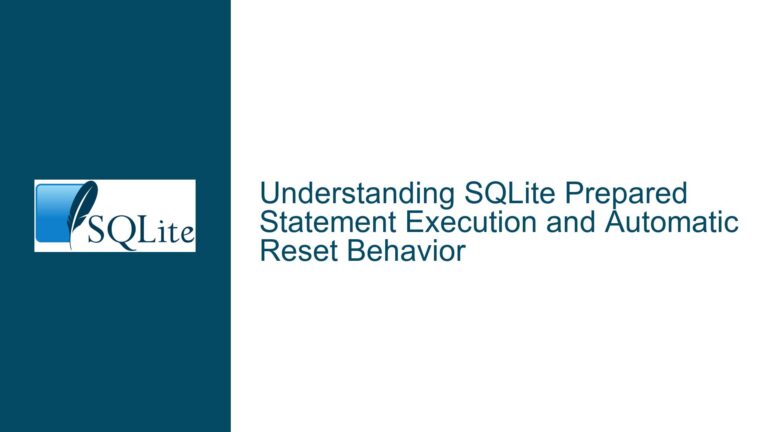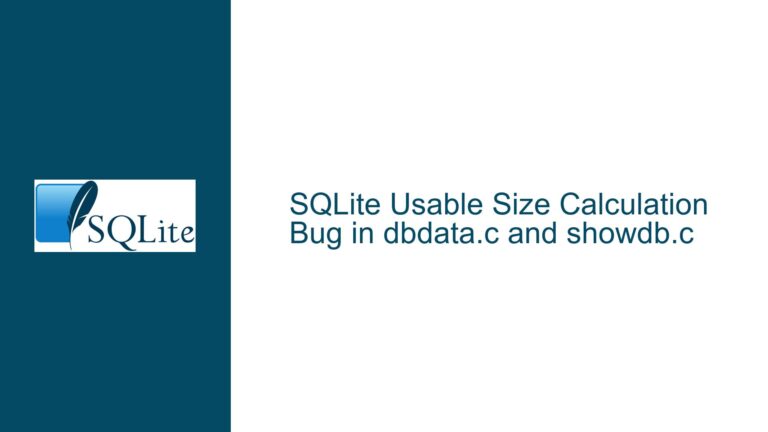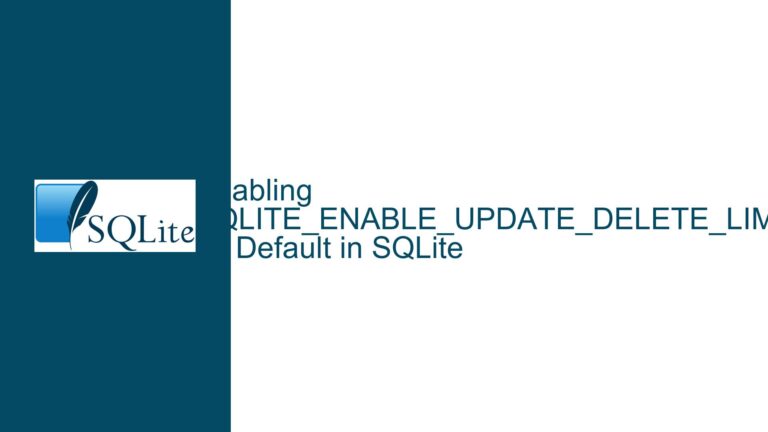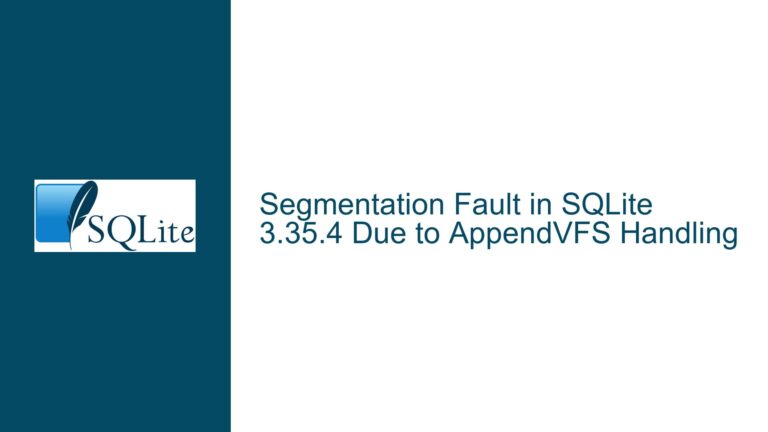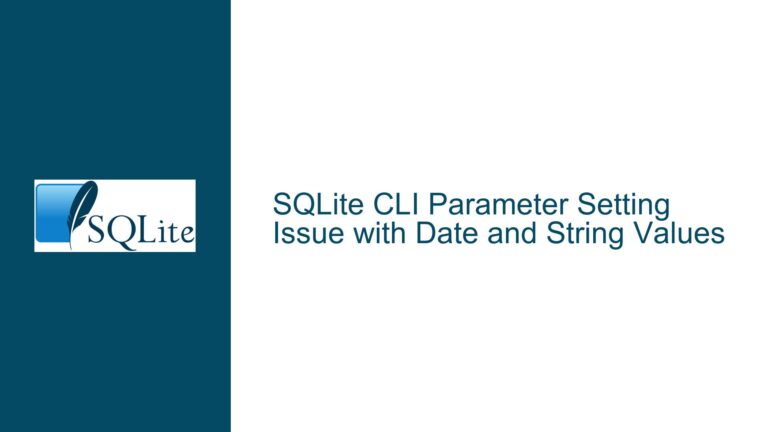SQLite Heap Overflow Due to Double Free in sqlite3_free()
SQLite Heap Overflow and Double Free Vulnerability The core issue revolves around a heap overflow caused by a double free vulnerability in the SQLite library, specifically within the sqlite3_free() function. This vulnerability, referenced under CVE-2021-28491, occurs when memory is freed more than once, leading to undefined behavior, memory corruption, and potential exploitation by malicious actors….
